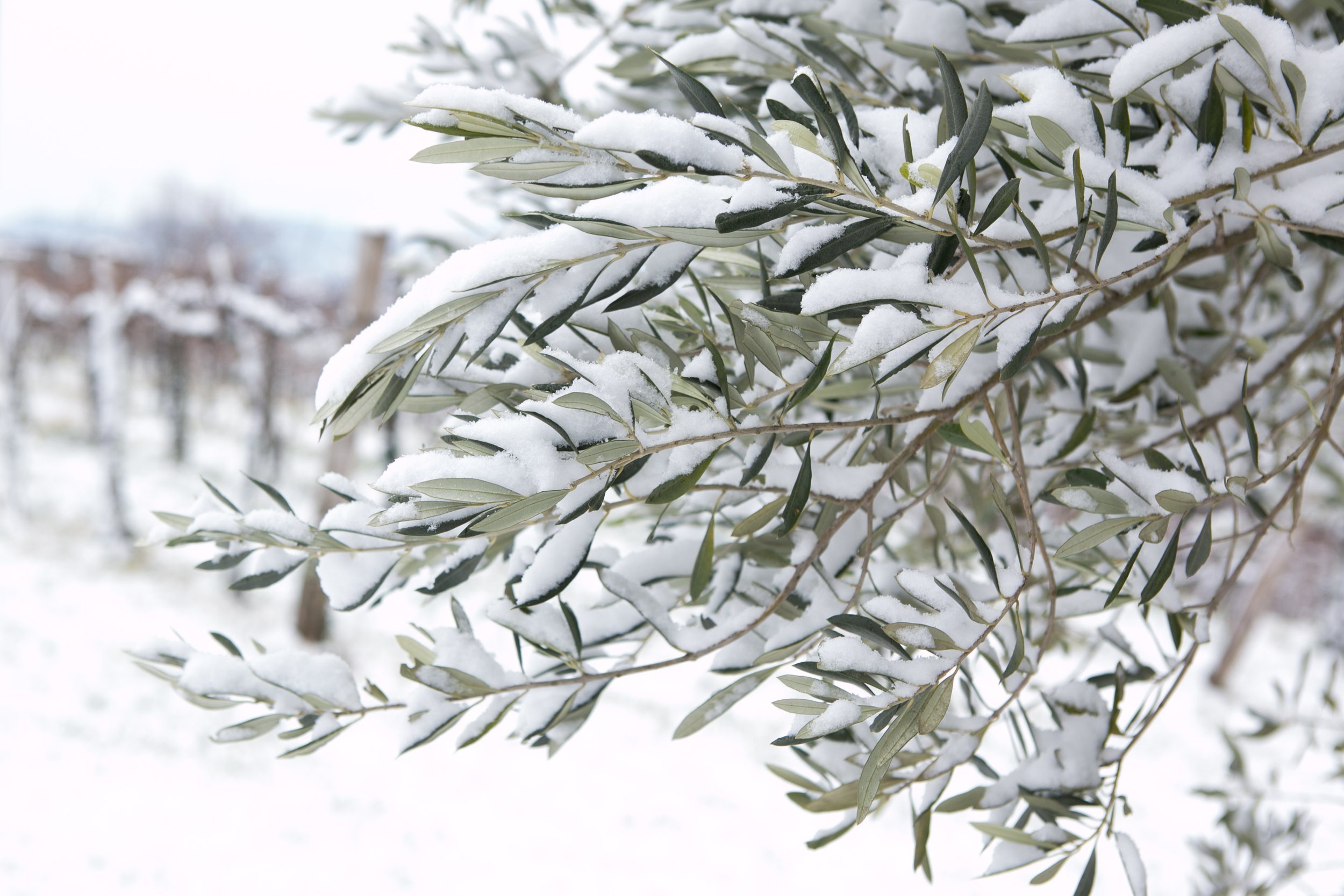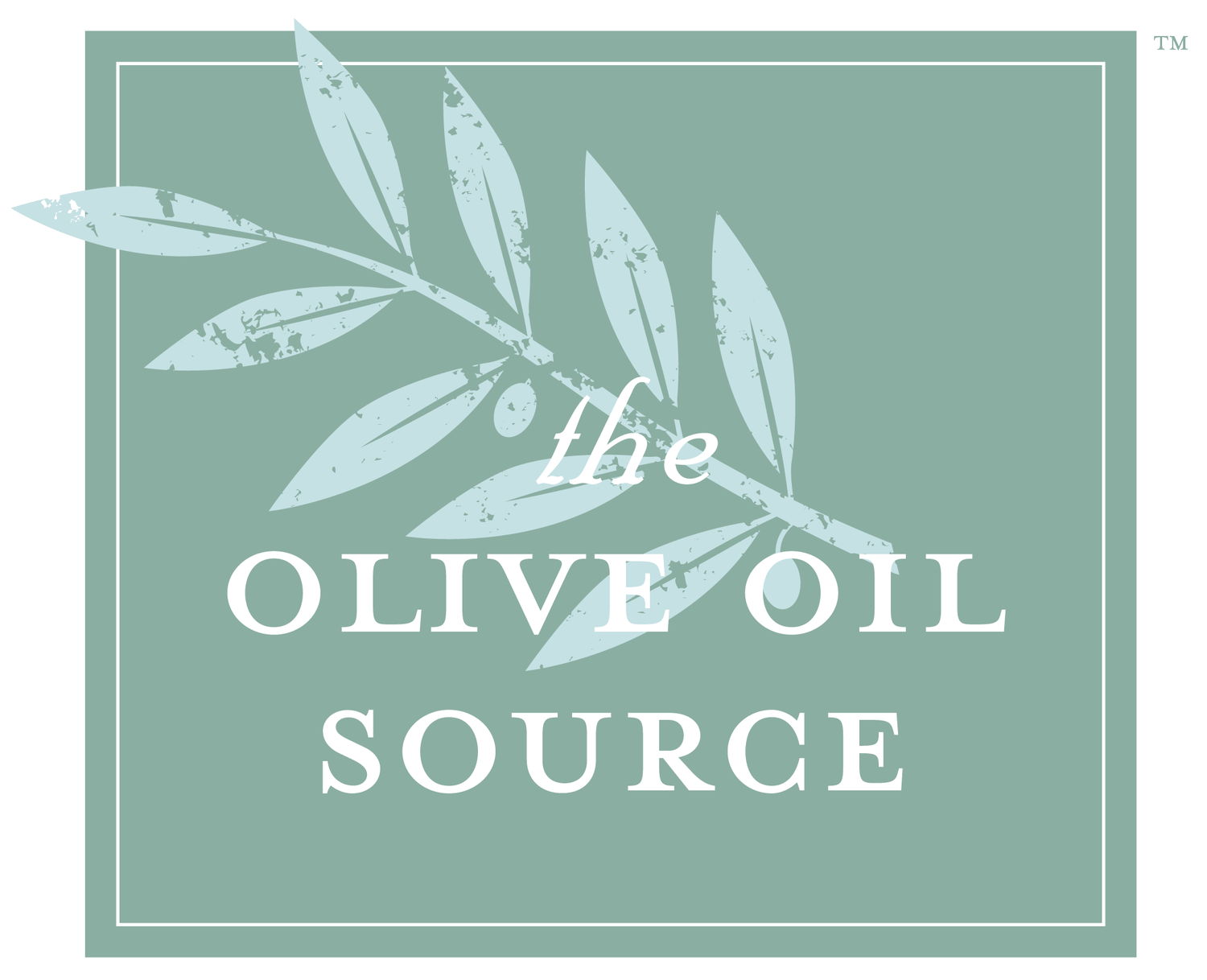
Frost Prevention
The olive fruit can be damaged at temperatures below 29ºF (-1.7ºC). Young olive trees and branches can be killed at temperatures below 22ºF (-5.5ºC) and mature trees can be killed at temperatures below 15ºF (-9.5ºC). These are not precise numbers because the damage varies according to the specific temperature at ground level around the tree, the duration of the cold spell, the olive variety, the age of the tree, and whether the trees have had a chance to harden off.
Here is some advice for locations where winter cold is a concern.
Plant the most suitable varieties for your condition s. Ask other growers in your area how their trees are doing and ask your local farm adviser to recommend the most suitable varieties. Keep in mind that the difference between varieties is on the order of only a few degrees.
Plant new trees as soon as possible after the last expected frost date to give them the longest possible period of acclimatization before the following winter.
Maintain the area around the trees free of weeds.
Use deficit irrigation in the fall and limit nitrogen fertilization so the trees will not be flush with succulent growth entering the winter.
Spray the trees with a product with frost reducing activity. The most effective frost control material for most crops is simply copper compounds. They should be applied as far as possible in advance of the frost.
SOURCES
G. Steven Sibbett and Louise Ferguson: Olive Production Manual, University of California.
Paul M. Vossen: Organic Olive Production Manual, University of California.
Paul M. Vossen: Planting Olive Trees.
Neville Burt, New Zealand: Frost Prevention Notes.
